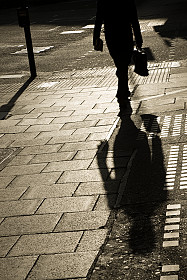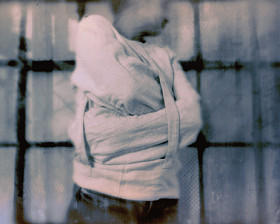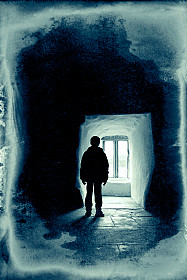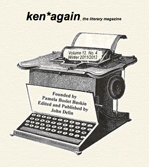“You have the pulse of a runner and the heart of a lion,” my doctor enthusiastically reported, following a recent physical. To which my wife quickly added, ”And the pain threshold of a five-year-old girl.”
What is it that makes women think they are so much tougher than men?
Sure, women are capable of squeezing seven-to-ten pounds of humanity out of their bodies on occasion, but that’s hardly an everyday occurrence.
It’s not bad enough that my wife thinks I translate every ache and pain into high drama, but she and her friends love to compare notes about what weenies their husbands can be, thus baring my idiosyncratic behavior (over-stated in my wife’s telling for maximum comedic effect) for others to comment on. And the Snarky Comment Award definitely goes to my self-described “long-lost baby sister.”
»Read More








